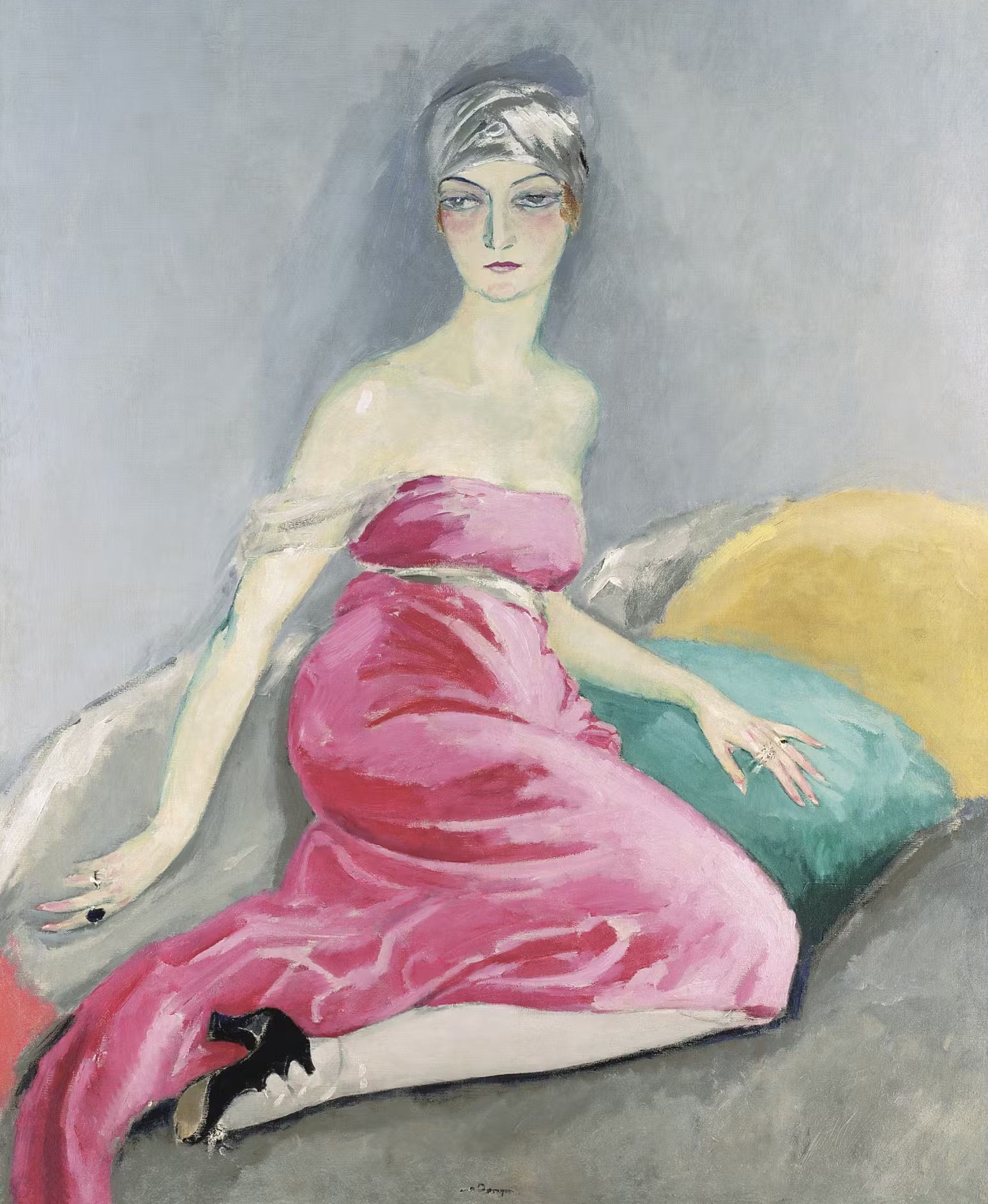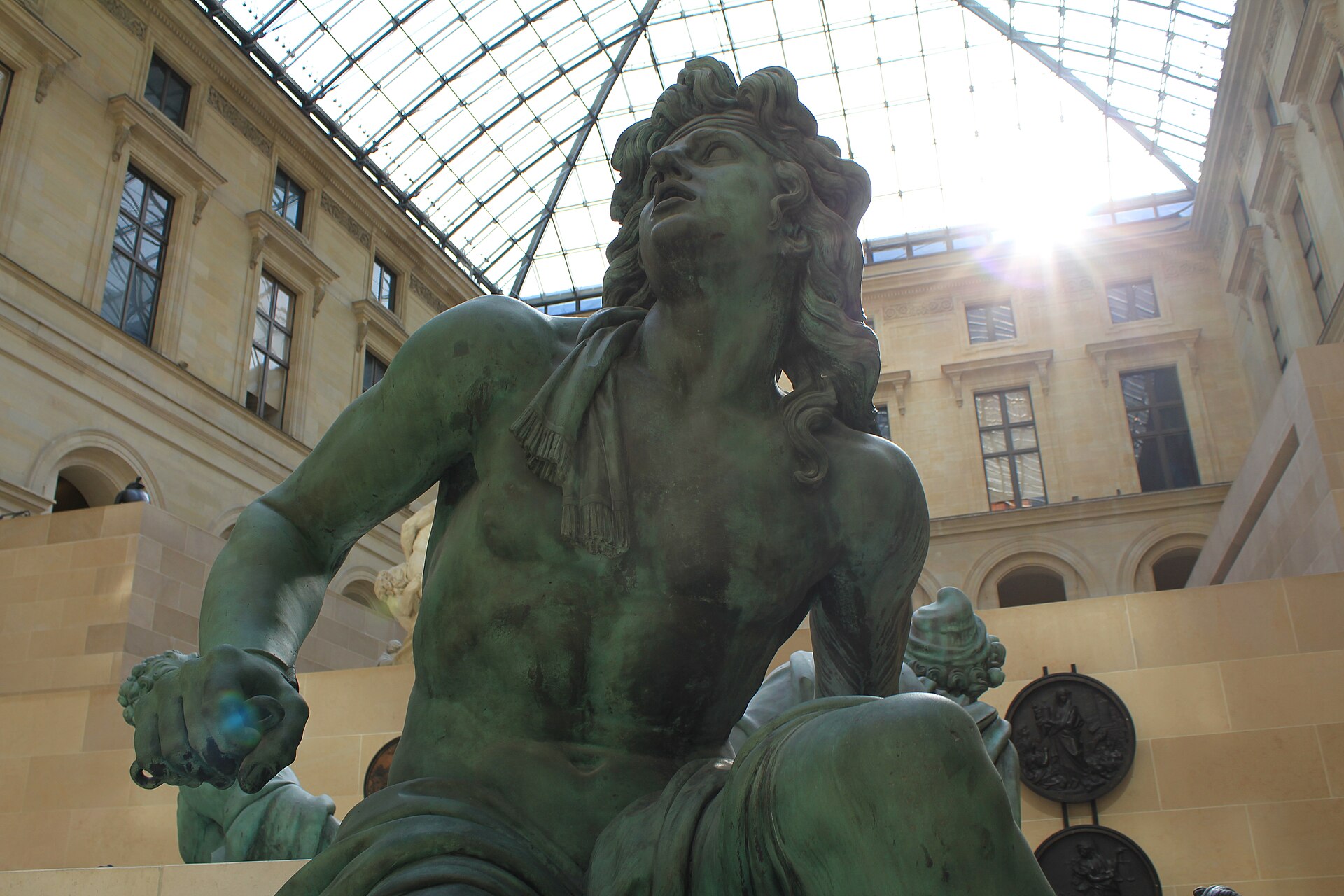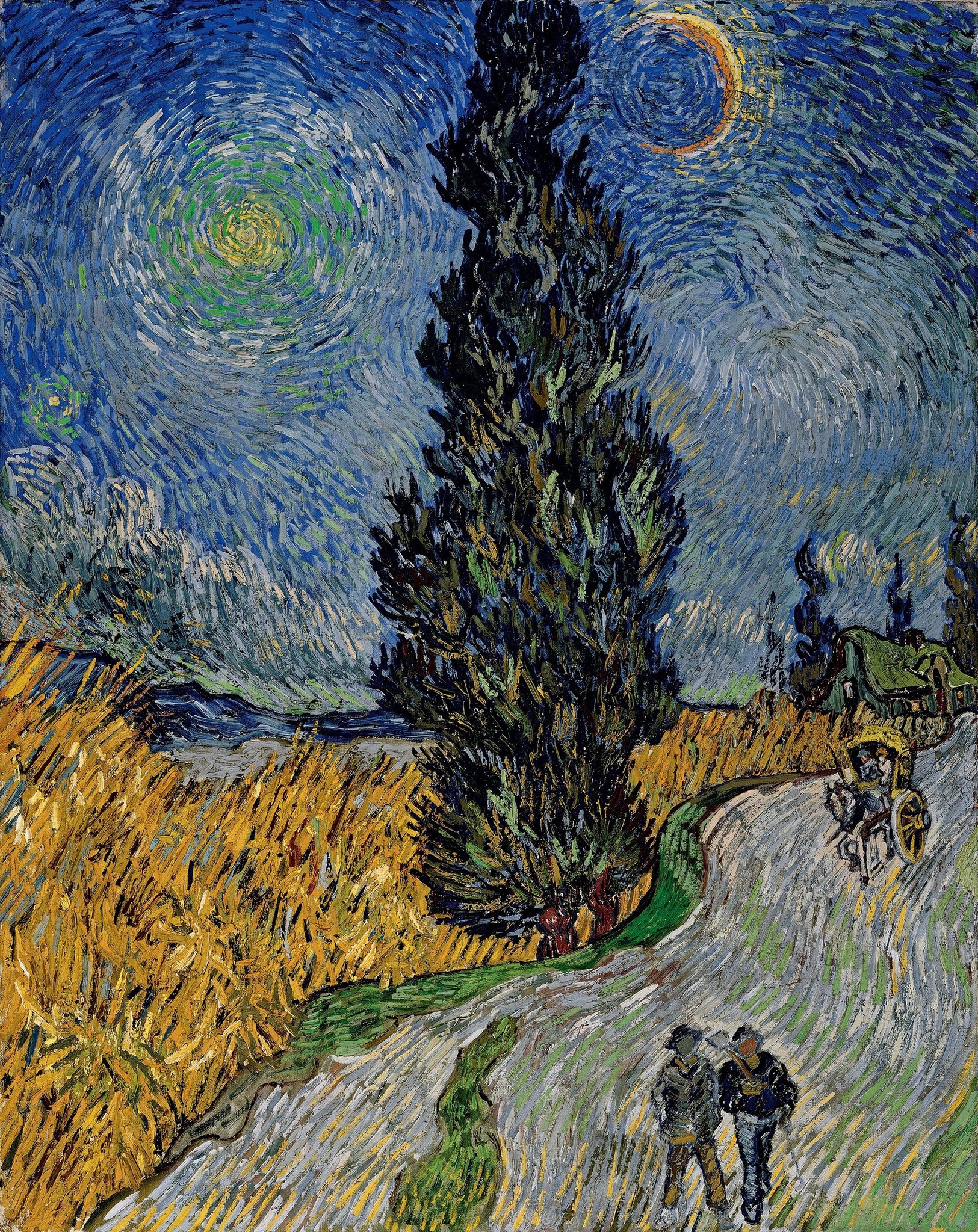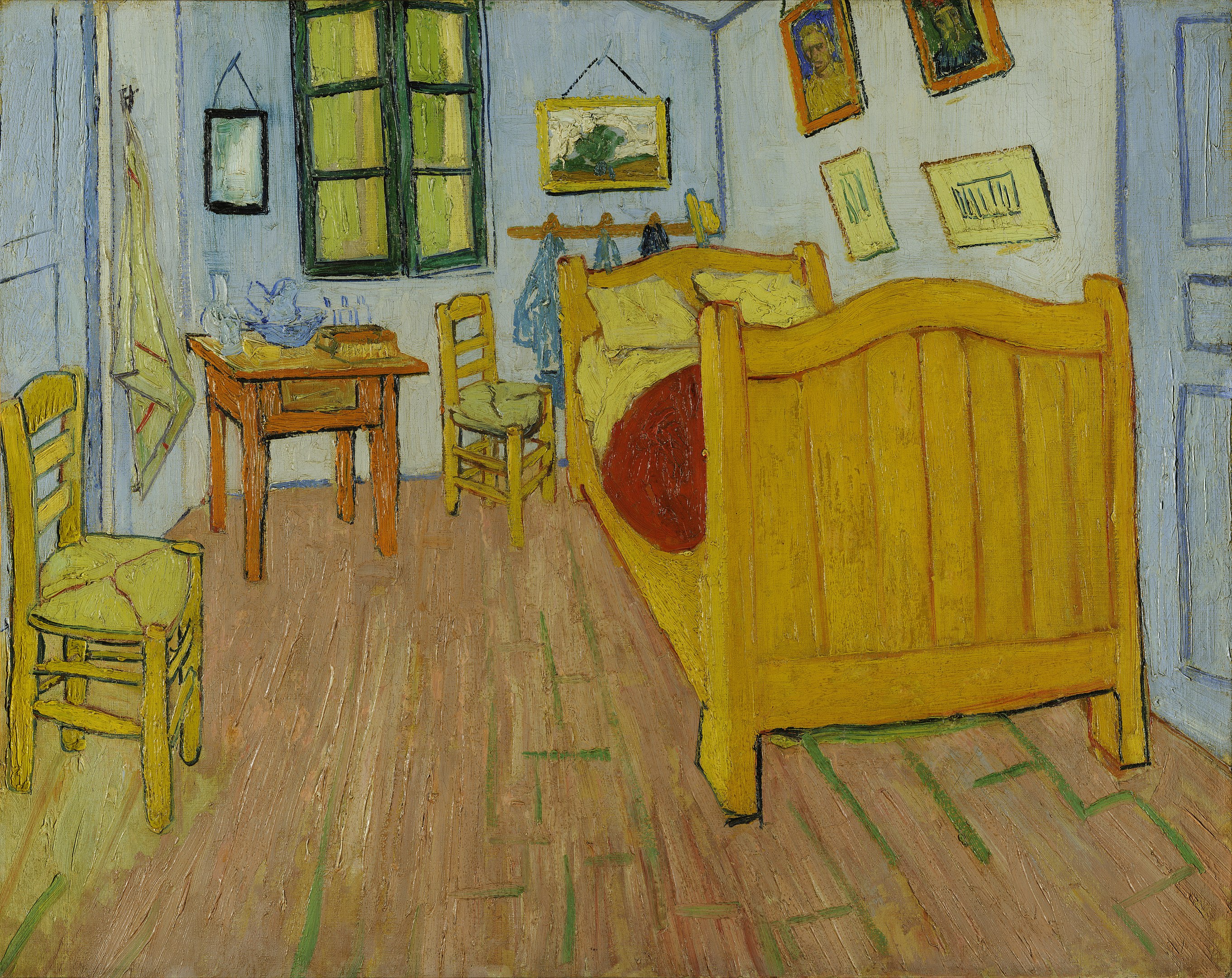Frederick Carl Frieseke | The House in Giverny, 1912
When Frieseke first settled at Giverny in 1906, he stayed at Le Hameau (the hamlet) on the rue du Pressoir.
The two-story cottage surrounded by high walls on three sides enclosing a garden was next door to the home of
Claude Monet and had previously been occupied by the American artist
Lilla Cabot Perry.
The house shown in The House in Giverny, however, is most likely the Whitman house, the second of Frieseke's three Giverny residences.
Its green shutters and the distinctive open lattice-work of green trellises laden with flowers appear in a number of Frieseke's paintings, including Lilies, Tea Time in a Giverny Garden (both Daniel J. Terra Collection) and Hollyhocks, c. 1912-1913 (Carmen Thyssen-Bornemisza Collection).
The intimacy of Frieseke's small painting and his interest in decorative pattern links the artist more closely with the
Nabi painters Vuillard and Bonnard than to his neighbour Monet or with
Renoir, the French Impressionist he most admired.
The artist stated his creed published in a 1914 interview: "My one idea is to reproduce flowers in sunlight.
I do not suggest detail by form, as I have to keep it as pure as possible or the effect of brilliancy will be lost.
Of course, there is a limit to the strength of pigments, and one can but relatively give the impression of nature. I may see a glare of white light at noon, but I cannot render it literally [...]
I usually make my first notes and impressions with dashes of tempera, then I paint over this with small strokes in oil to produce the effect of vibration, completing as I go". | Source: © Thyssen-Bornemisza Museum
Frederick Carl Frieseke (American, 1874-1939) | The House in Giverny, 1912 | Museo Nacional Thyssen-Bornemisza, Madrid








































